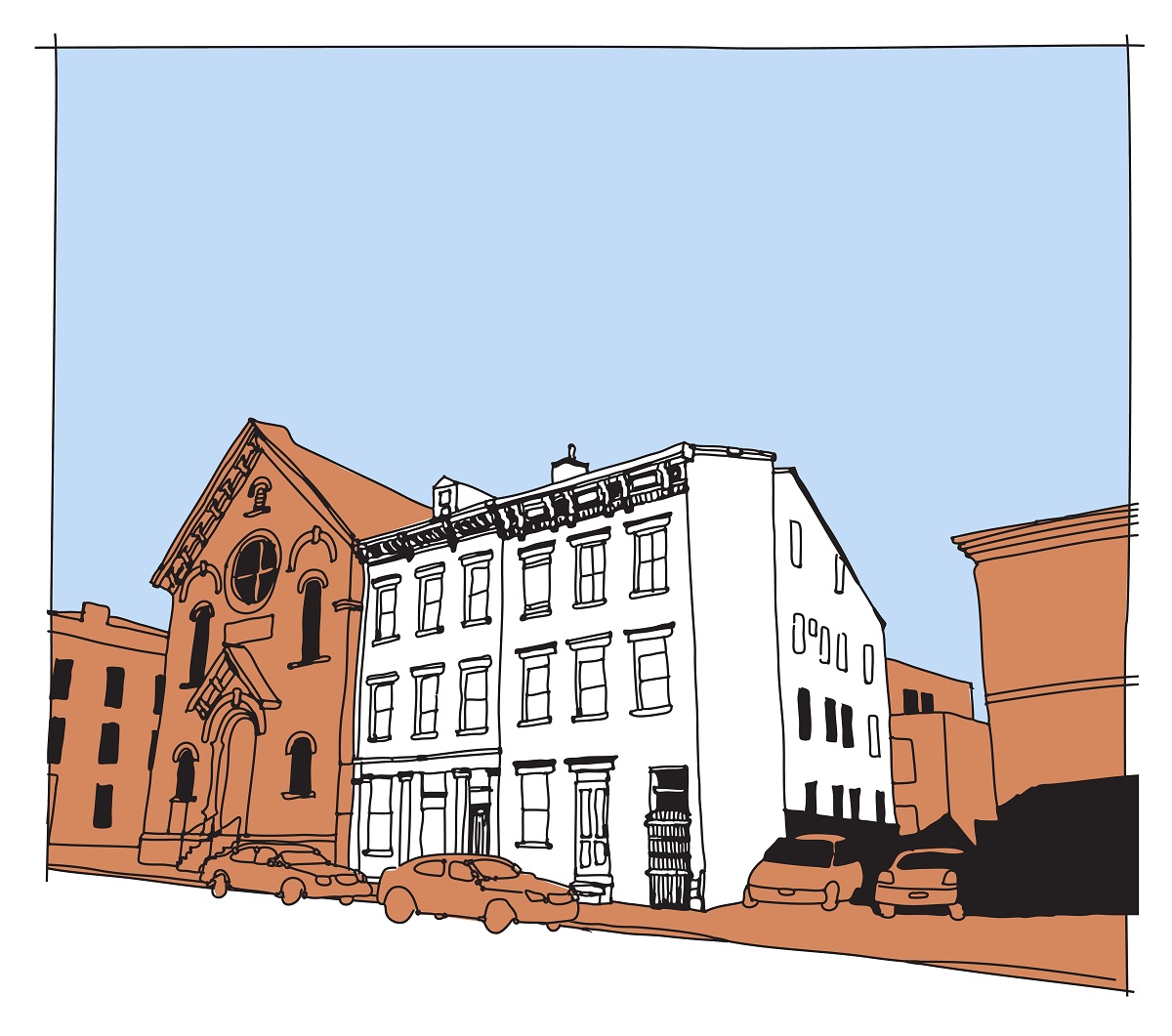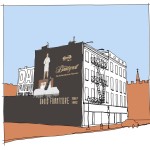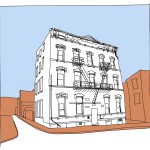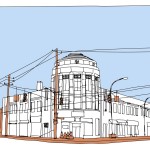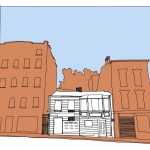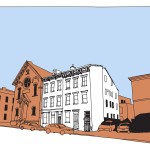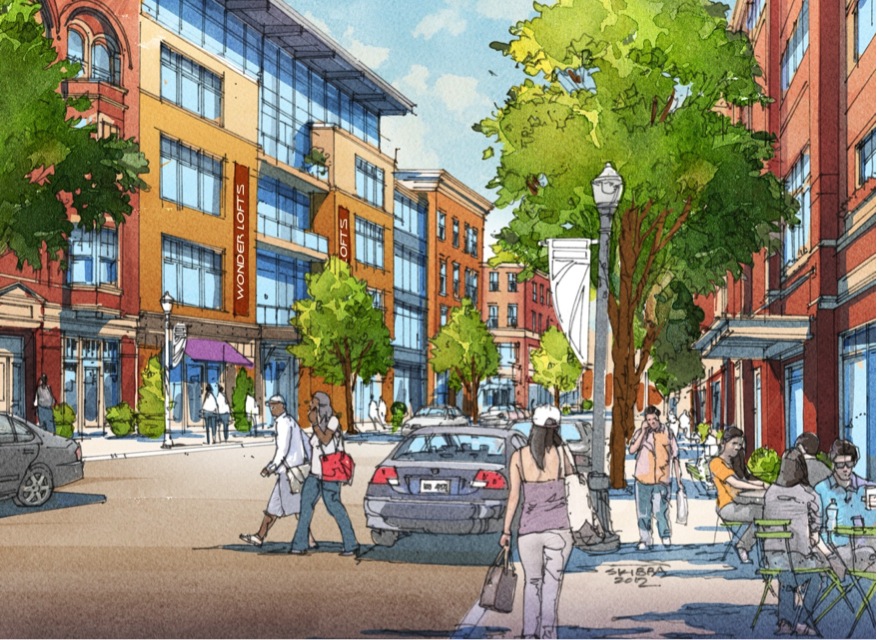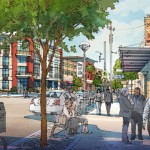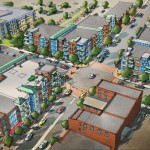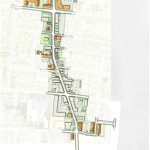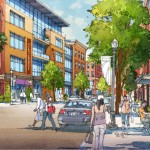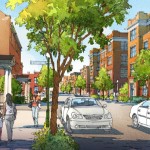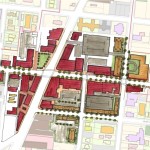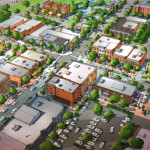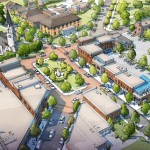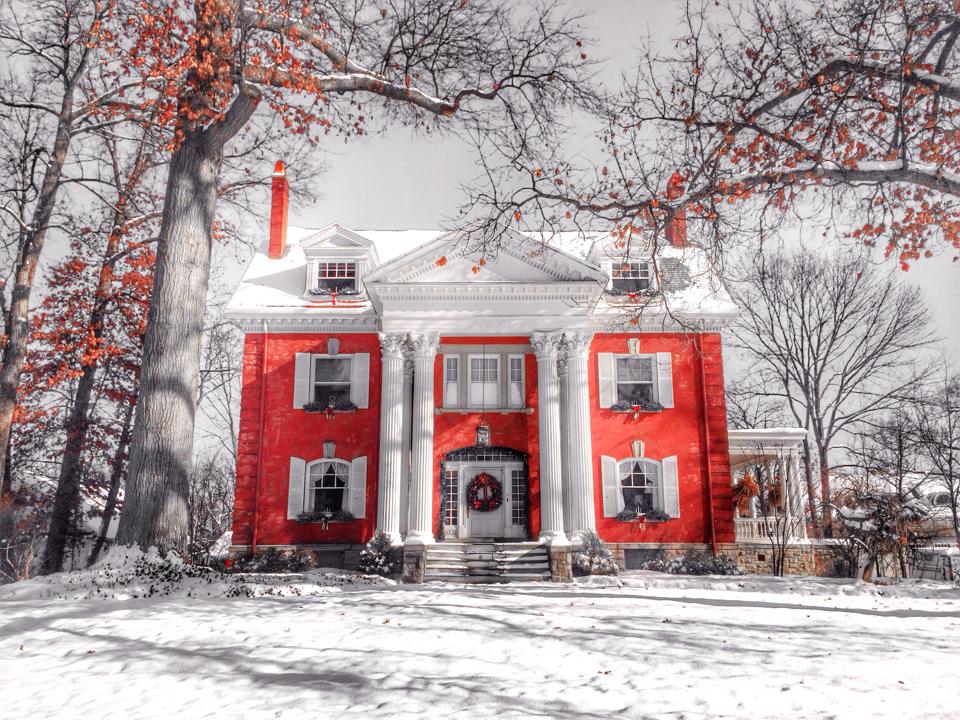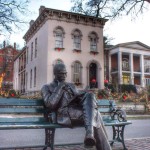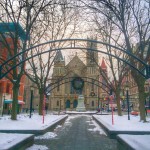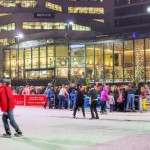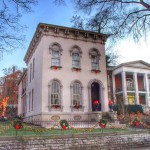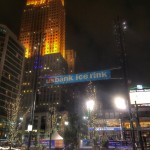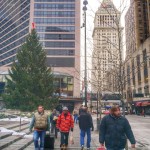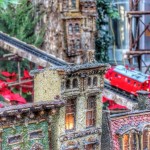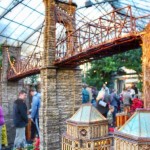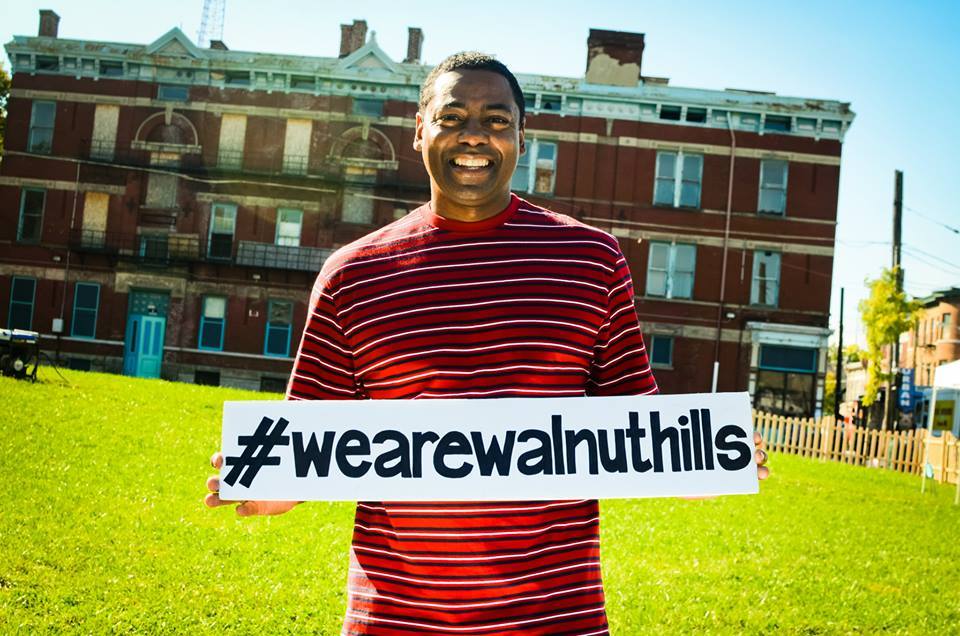Cincinnati Preservation Collective (CPC) is a new group of preservationists who are passionate about taking action to save historic buildings.
Founded in late 2013, CPC acts as an open forum for conversation around historic preservation. The group is made up of organizations and individuals bonded by a common passion: their love of historic structures and the belief that the benefits of saving these buildings often outweigh the costs.
“I think the word collective is important in the name because it indicates that we are a diverse group of people open to anybody which can hope to influence preservation in the city,” said co-founder John Blatchford in an email interview with UrbanCincy.
Led by Blatchford and co-founder Diana Tisue, meetings are held about once a month, and at any given meeting you will find a mix of graduate students, architects, urban planners and former city employees, not to mention members of other preservation groups like Cincinnati Preservation Association and UC’s Preservation Action Network.
Though the group is relatively young, CPC has a lofty mission: to proactively save buildings. This year CPC says they are channeling their efforts around five “impact buildings” that have been chosen by the group and are either in danger of demolition, or are considered in need of awareness, stabilization or mediation.
CPC’s 2014 Impact Buildings
900 E. McMillan (The Paramount Building), Walnut Hills
2012-2014 Vine Street, Over-the-Rhine
1606-1608 Walnut Street, Over-the-Rhine
1706 Lang Street, Over-the-Rhine
1119-1123 Main Street (Davis Furniture Building), Over-the-Rhine
The group hopes to positively impact these buildings in 2014, whether it is simply by drawing attention to a neglected building or ultimately connecting the property with a buyer or a renovator.
“We understand that saving a building or respecting its history is not easy for a building owner, but we, as a group, have the knowledge and resources to help out,” Blatchford said. “The dream is that everybody would look for all alternatives to demolition first and that we could be a key resource to make that viable. We want demolition to be reserved for select and very extreme cases.”
While the group’s primary focus is centered around these five impact buildings, CPC says that they are looking to also build awareness for the organization and attract new members through regular meetings, educational events and fundraising.
So far the group has organized a handful of community outreach events. In February, for example, CPC deployed a guerilla-style “heart bombing” where they covered the impact buildings with valentines.
“We did that to bring up advocacy for the building and show that somebody loved it,” Tisue said. The group also had a float in Friday’s Bockfest Parade, complete with a Chinese Dragon-style goat and a New Orleans jazz band.
While the heart bombing and the Bockfest Parade aimed to get the word out about CPC, their next event will focus on connecting the community to other preservation projects.
This Thursday CPC will host a “Pitch Party” that will put 10 presenters on a stage to pitch their preservation-related project in five minutes or less. The best idea will be chosen by audience vote and the winner will receive $500 donated by the Cincinnati Preservation Association.
“Part of what CPC is doing is trying to build community and show that preservation and community go hand-in-hand,” Tisue explained. While $500 in seed funding can certainly get a project off the ground, they say that the primary goal of the Pitch Party is to share projects with an audience that is interested in getting involved with preservation.
“Pretty much any preservation project needs the manual labor and the volunteer hours from the community, but they also need support from the community,” Tisue said. “[Pitch Party] is a night of sharing projects with people and people with projects, connecting and building a bridge between community organizations and community.”
The Cincinnati Preservation Collective Pitch Party will take place on Thursday, March 13 at Venue 222. Doors open at 6pm and the event will begin at 7:30pm. Tickets are free but organizers do request those attending to RSVP through EventBrite.
Building illustrations by Derek Scacchetti.
